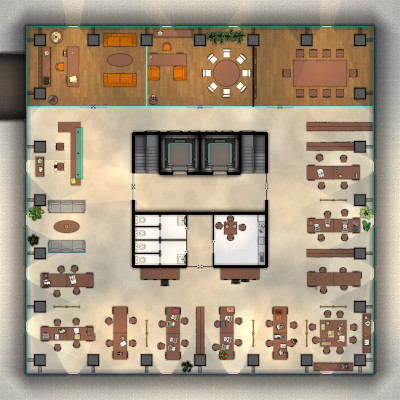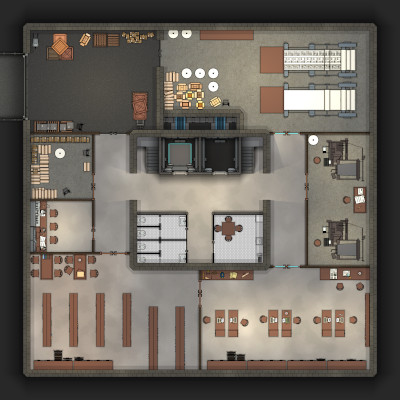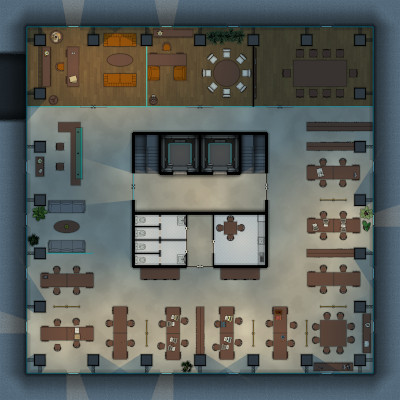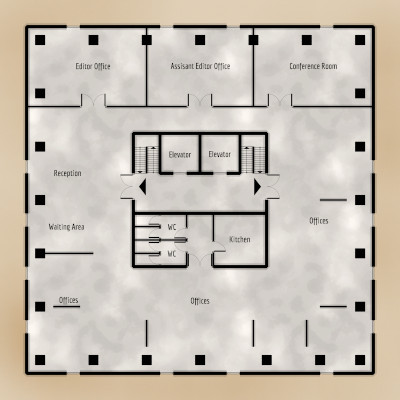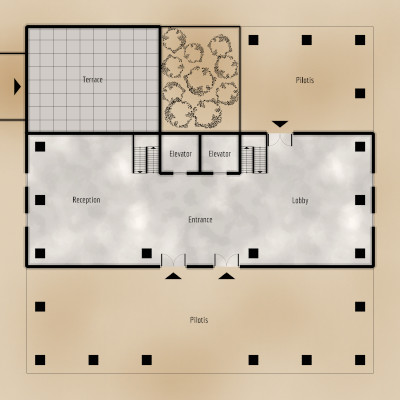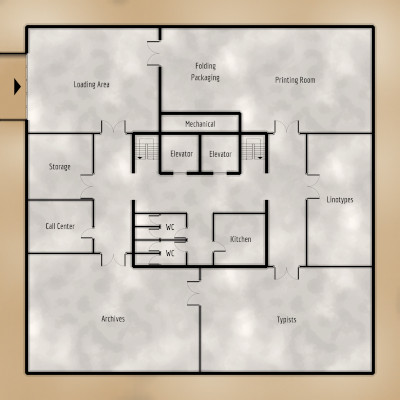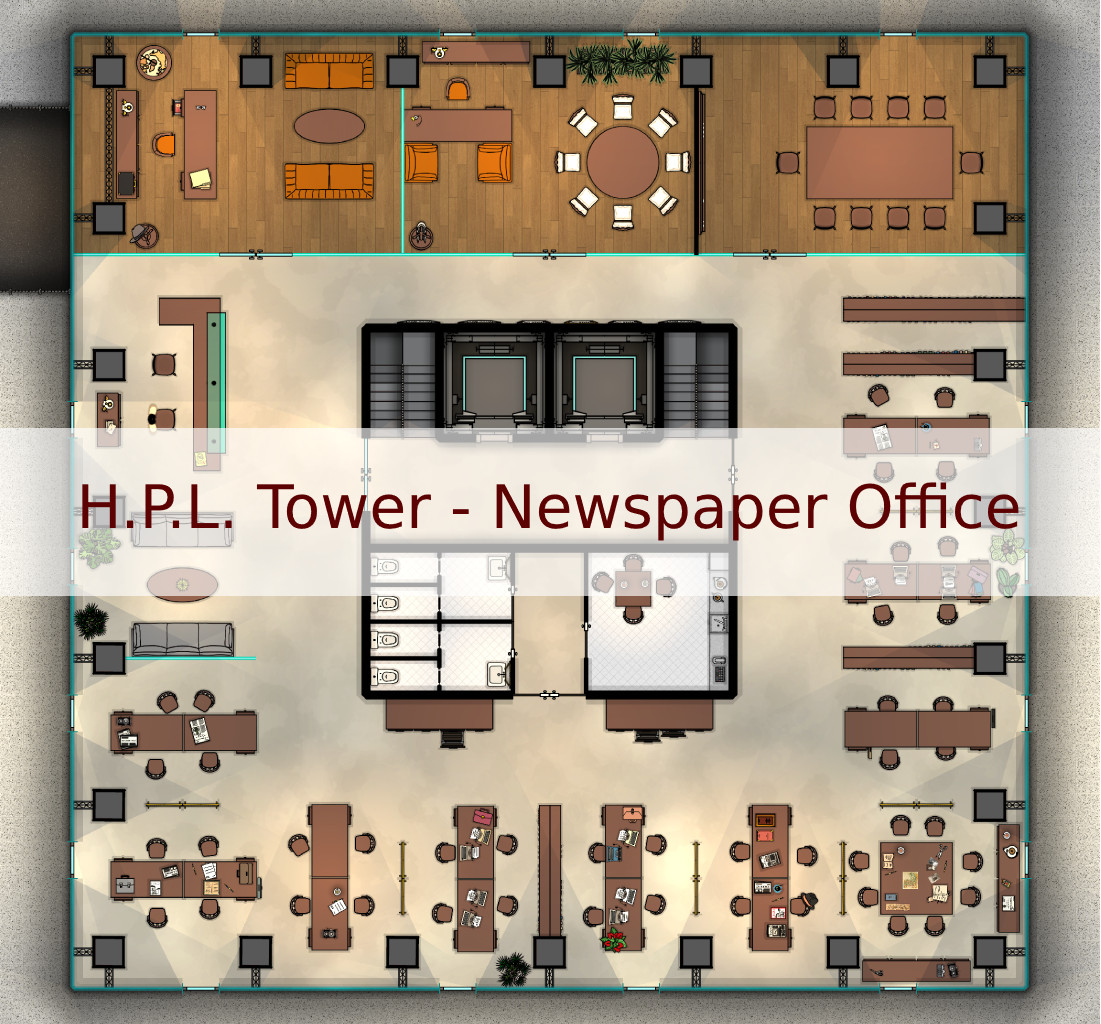Why do the legal briefs cite precedents from courts that predate human civilization? Which client retainer covers services for cases that span multiple centuries? What contracts are written in languages that hurt to read aloud? And why does the law library contain statutes governing entities that shouldn't exist?
Follow Cthulhu Architect on BlueSky!Really now: If you can’t get me my newspaper on time, how can you expect me to refrain from killing people?
― Jeff Lindsay, Darkly Dreaming Dexter
The H.P.L. Tower had dominated the city’s skyline for nearly a century, its Gothic spires piercing the sky like accusatory fingers. Inside, the newspaper offices hummed with constant activity, but those who worked the night shift knew something was fundamentally wrong with the building itself.
Eleanor Marsh had been the night editor for three months when she first noticed the peculiarities. Stories would appear in the morning edition that no one remembered writing---small pieces tucked between advertisements, describing events that felt hauntingly familiar yet completely impossible. A train derailment on tracks that had been torn up decades ago. Missing persons reports for people whose names appeared on century-old headstones.
The typewriters were the worst part. Even the newest electric models would occasionally produce letters that didn’t match what the reporters typed. An ‘a’ would become a symbol that hurt to look at directly, or a simple period would transform into something that resembled an eye. The cleaning staff refused to work past sunset, claiming the machines typed by themselves in the empty offices.
It was during her fourth month that Eleanor discovered the archive room on the thirteenth floor---a floor that, according to the building directory, didn’t exist. The room was filled floor to ceiling with newspapers dating back to the tower’s construction, but the headlines described events that never happened, at least not in any reality she recognized.
The final revelation came when she found her own obituary, dated three months into the future, describing her death in chilling detail. The byline bore the name of a reporter who had supposedly died in a fire twenty years earlier. As she read, Eleanor realized with growing horror that every story, every headline, every photograph in the tower’s archives wasn’t reporting the news---it was creating it.
The H.P.L. Tower wasn’t hosting just a newspaper office. It was a machine for writing reality itself, and Eleanor had become nothing more than another character in its endless, terrifying narrative.
